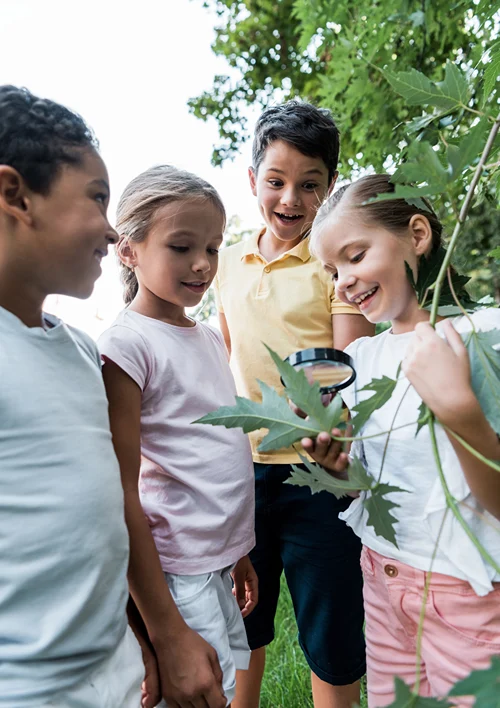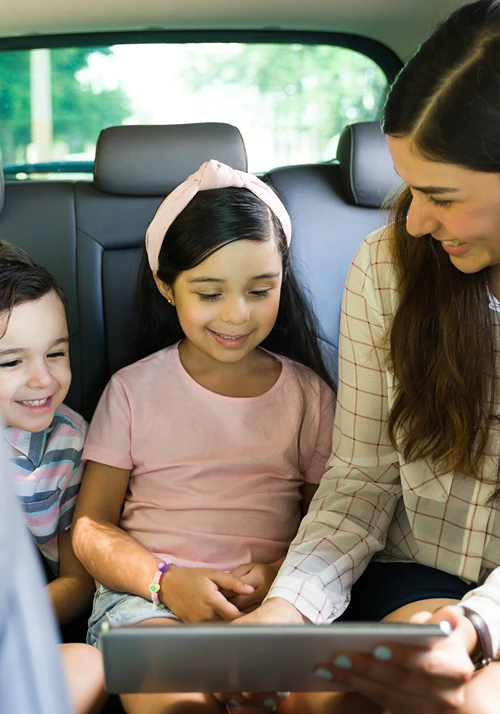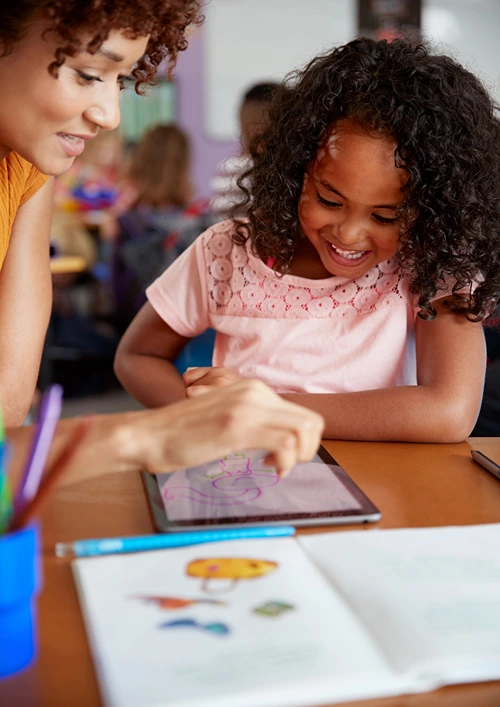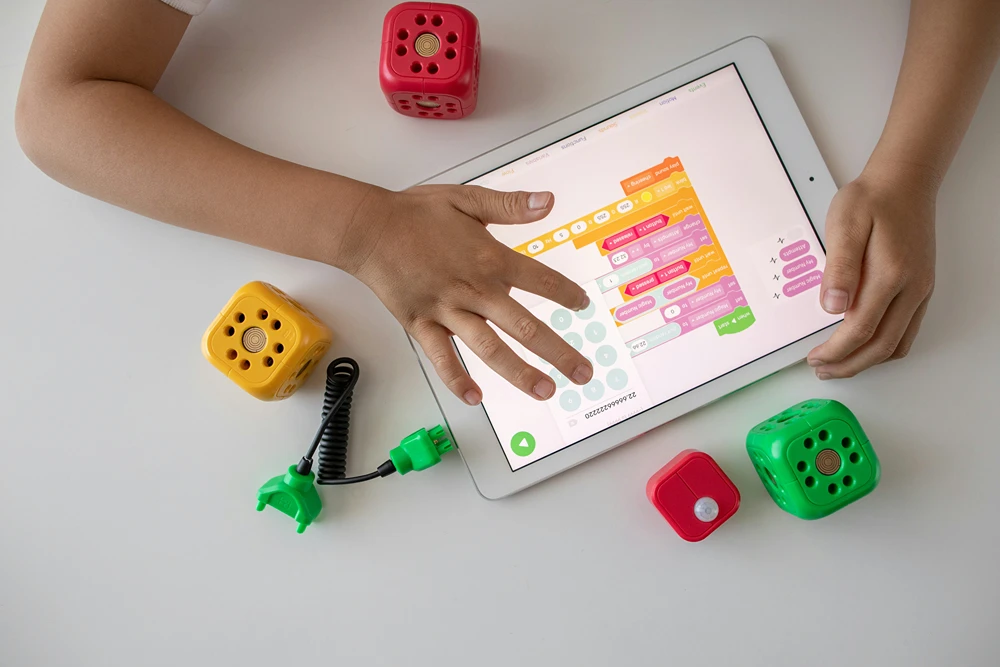The Learning Process Can Be Fun: The Benefits of Attending a Summer Camp Abroad
Summer camps abroad are a great way for kids to learn without the stress and rigidity often associated with education. Learning is often the most enjoyable part of a child’s development, especially when they are able to learn while having fun in a relaxed and engaging environment.
Involving fun and immersive experiences in order to create a memorable learning opportunity is the greatest means for making learning enjoyable. A summer camp abroad is an ideal way to accomplish this.
1. Learning Through Play and Exploration
Learning, at its most basic, should inspire curiosity and creativity. When kids are motivated to learn, they tend to learn more effectively. Summer camps abroad provide a creative, hands-on approach for children to investigate different cultures, languages, and activities. Whether it be sports, arts, or nature, summer camps abroad offer kids multiple ways to expose children to learning in a comfortable and relaxed way.
Most summer camps abroad integrate a mixture of structured activities alongside free play so that children can also learn about different elements of life such as collaboration, problem solving, and independence, all while having fun. Kids are able to complete interactive and immersive daily tasks that will promote understanding of their new experiences.
2. Engagement with Language and Cultural Experience
One benefit one can see when attending a summer camp abroad, is the engagement with new languages and cultures. Children can learn about foreign languages in the most natural forms possible. They learn about the spoken word with native speakers in an environment filled with cultural activities and differences.
For example, a child attending a language camp in Spain, has the opportunity to practice Spanish, and have fun while doing it (trips, games, or drinking useless amounts of agua). Similarly, in a summer camp in France, children can practice their French language by communicating in real situations such as, shopping, ordering food and other interactions that are immersed in the local culture and traditions.
This approach of immersion in a language and culture is beneficial, first, it allows for more effective learning. Second, children can experience the customs, foods, and traditions of another country first-hand, making cultures practical and fun to learn.
3. Developing Relationships and Social Skills
Camps provide children with an excellent chance to develop relationships with peers from a wide variety of backgrounds and countries. The children’s level of cooperation and interaction through work and play allows them to strengthen their social skills, including communication, empathy, teamwork, etc. Global interactions facilitate and enrich their social experience through formative experience in diverse cultures and exposure new ways of perceiving and viewing the world which develops their global perspective.
Relationships developed at camp frequently outlive the summer camp in the sense that “we stay in touch to learn from each other.” Campers feel like they belong to a global community, which often enhances their confidence and acceptability to be open-minded to process how different people view and interact in the world.
4. Self-Discovery and Independent Living
Most children will not have been away from home for an extended period prior to participating in a summer camp abroad. They will grow in independence, self-reliance, and responsibility. Obviously they will learn new skills and challenge themselves, but they will be able to use their camp training and the support of trained counselors and camp staff to make decisions themselves, ultimately to solve their own problems.
The summer camps in Israel are a prime example, with kids immersing themselves in Hebrew and Jewish culture while simultaneously taking part in challenging outdoor adventures, such as hiking in the desert or swimming in the Dead Sea, which also allows them to practice both independence as well as develop socially.
Whether they were following their own social program, geographical program or sports program, kids in the summer camps abroad learned to exit their comfort zone, and become independent learners. Finding a way to follow their interests and problem solve in a challenging yet stimulating environment is their own unique and rewarding experience.
Additionally, while they were in Israel, children and their families had the opportunity to be exposed to a country with a rich history and culture in the markets and shopping areas. The blend of exploration of self-discovery and cultural immersion can make the experience at summer camps in Israel unforgettable.
5. Exploring Nature and Outdoor Activities
Summer camps abroad typically include outdoor adventures and nature based activities which provide learning opportunities that surpass the textbook. Also, when kids are not glued to social media, they learn about nature, sustainability, and teamwork through hiking, outdoor games, and environmental projects which will help them connect with the world and encourage healthy active lifestyles.
Whether it is a summer camp in the Swiss Alps or a nature camp in Canada, kids will be given an opportunity to connect with the outdoors in ways that will stimulate both their physical and intellectual development.
Education does not have to only occur in a classroom setting. By attending summer camp abroad, children will become immersed in new languages, cultures, and experiences that create engaging and enjoyable learning environments. From creating lifelong friendships, to building independence, and increasing their understanding of the world, summer camps abroad can provide educational experiences that are valuable beyond that of a traditional learning experience.
So, if you are looking for an engaging way for your child to learn, consider sending them to summer camp abroad. With this unique experience, your child will not only improve their educational and social skills, but make learning an adventure they will never forget!










